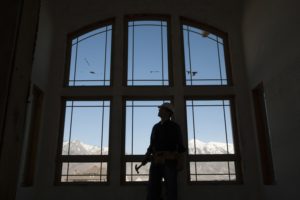Refinacing numbers drop, fixed rates rose, home price growth to moderate and add to inflation
July 21, 2021
Home borrowing costs were essentially unchanged last week and remain at historically low levels. The Mortgage Bankers Association reports that the 30-year fixed-rate mortgage rose two basis points to 3.11% with 0.43 in points for the week ending July 16, 2021. The Market Composite Index, a measure of total mortgage loan application volume, fell 4%, the Purchase Index declined 6% while the Refinance Index decreased by 3%. Spokesperson Joel Kan said, “Refinance activity fell over the week, but because rates have stayed relatively low, the pace of applications was close to its highest level since early May.”
Fannie Mae released its July Commentary revealing that historically high home price growth is expected to moderate but add to overall inflation pressure. The GSE was expecting home price growth to increase by 8% in 2021 but now it has surged to near 5% this year. However, home price growth will cool in 2022 increasing by 5.1%. Fannie Mae reports that 2021 mortgage originations are now forecast at $4.2 trillion, up from last month’s forecast of $4.1 trillion, with both purchase and refinance origination activity projected to be higher. On the economic front, Gross Domestic Product this year is estimated to rise 7%.















